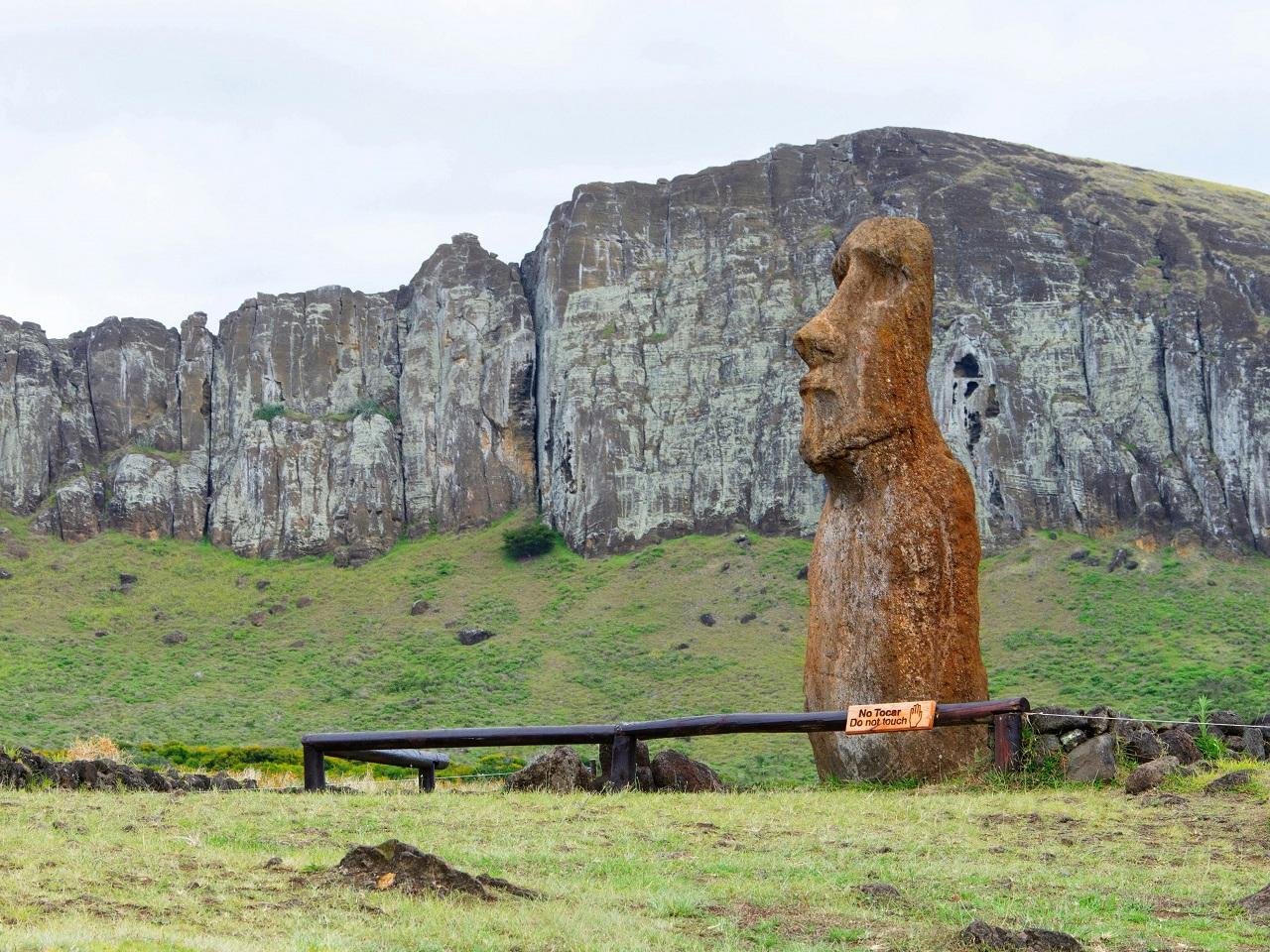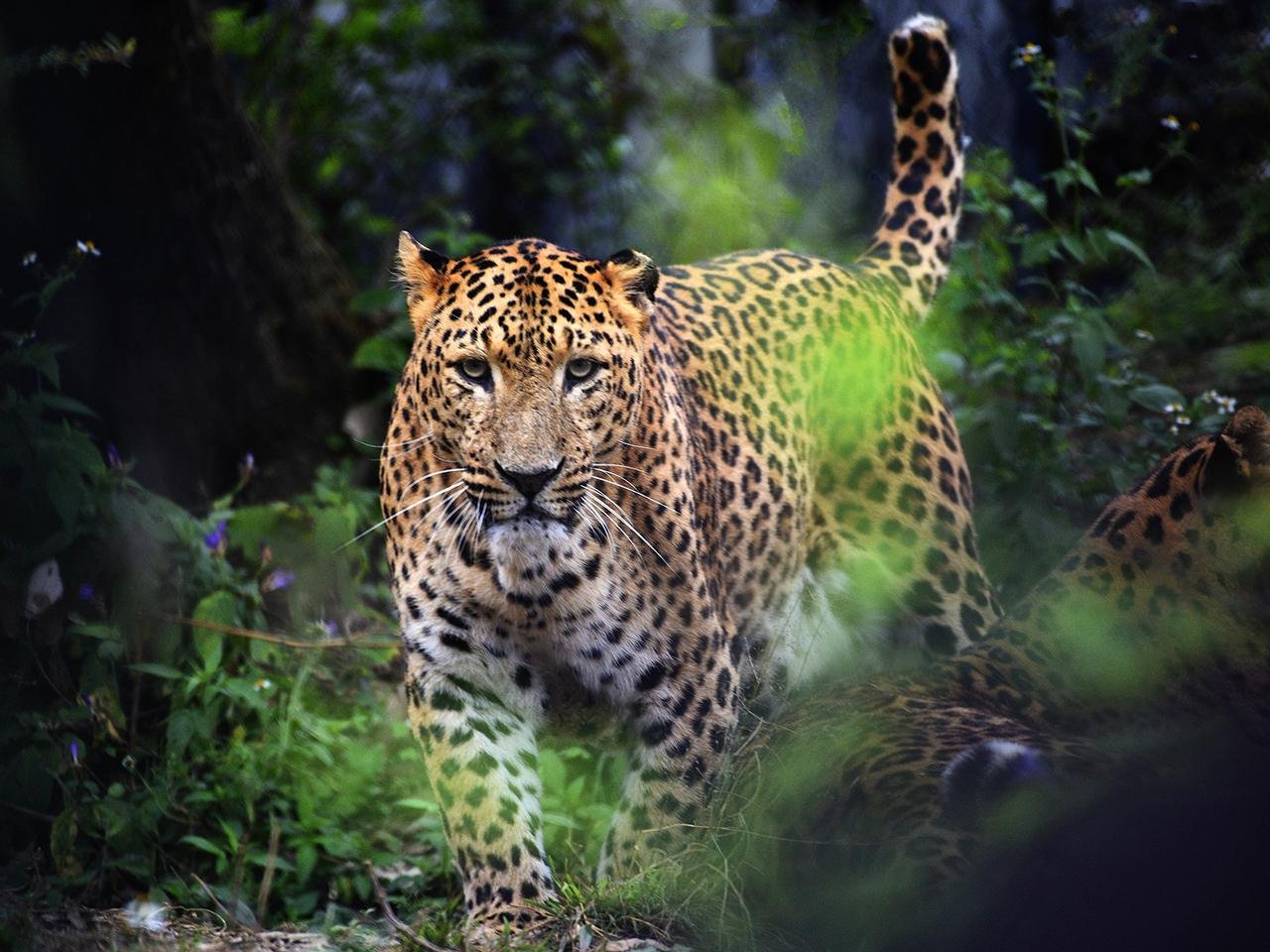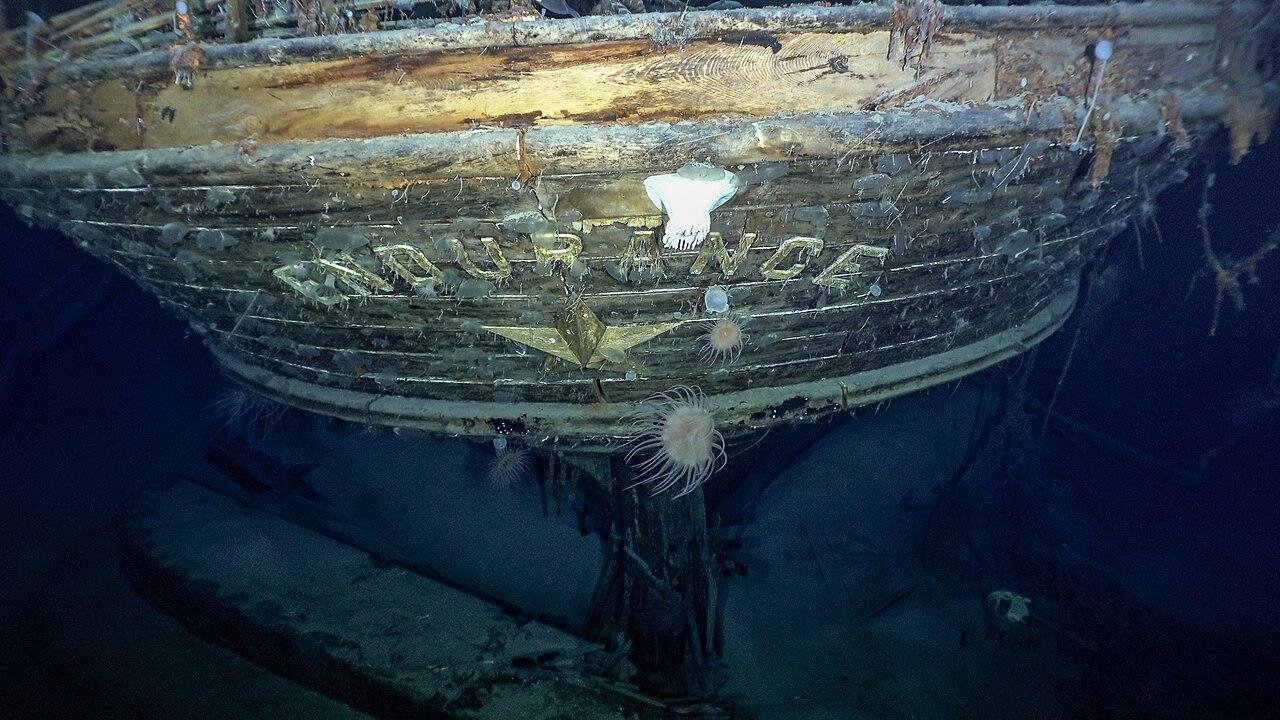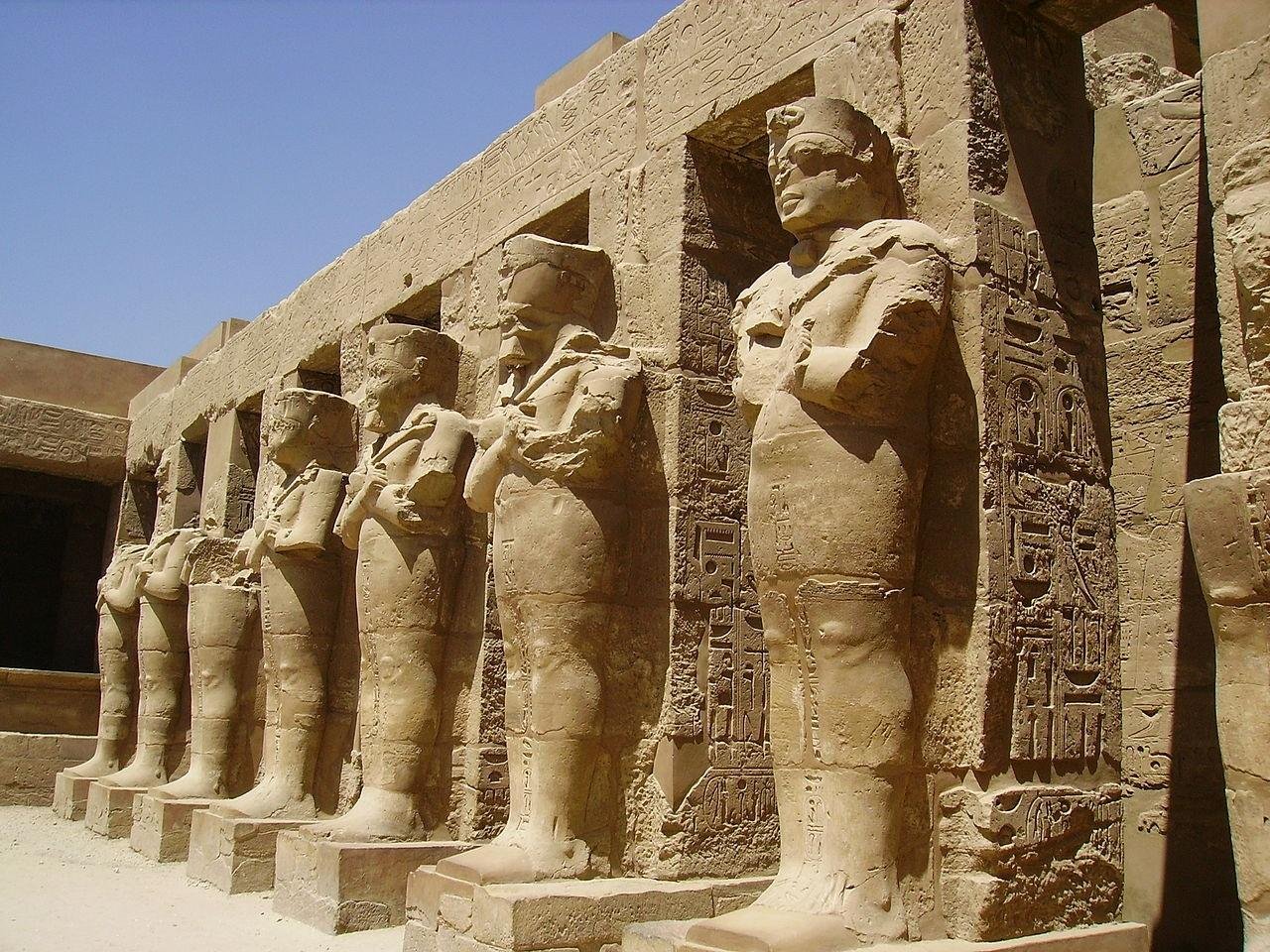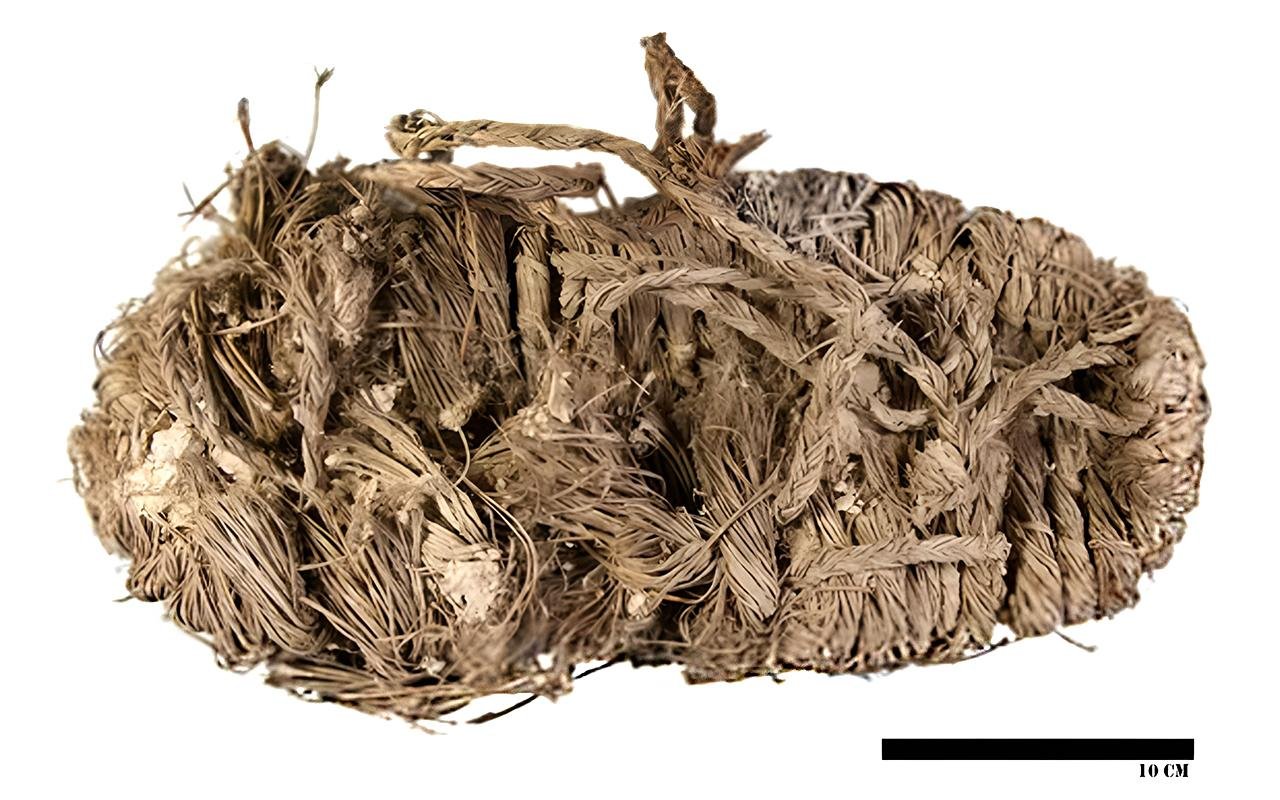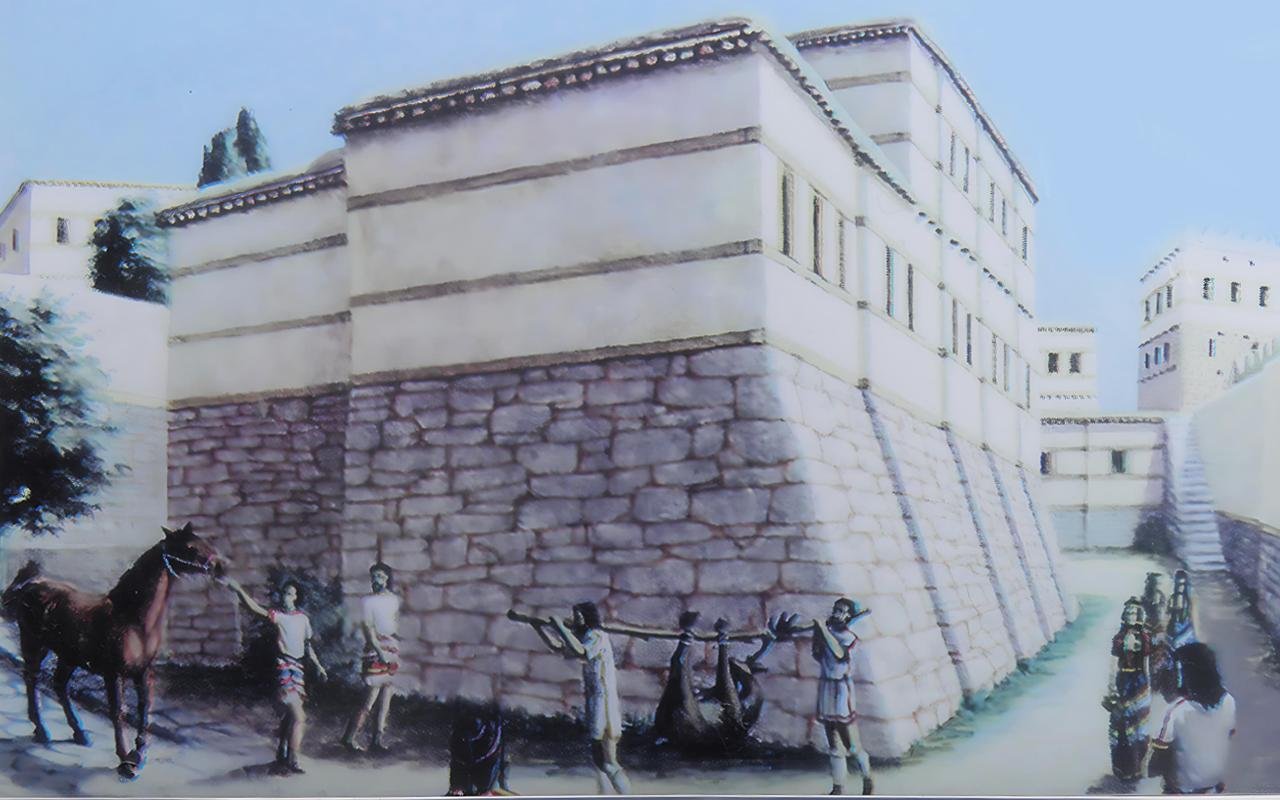A new study published in Science Advances is reshaping our understanding of early colonial life in North America. By analyzing centuries-old horse and donkey bones unearthed at Jamestown, Virginia, researchers have discovered that English settlers brought not only horses but also at least one donkey to the colony in the early 1600s—decades earlier than previously known.
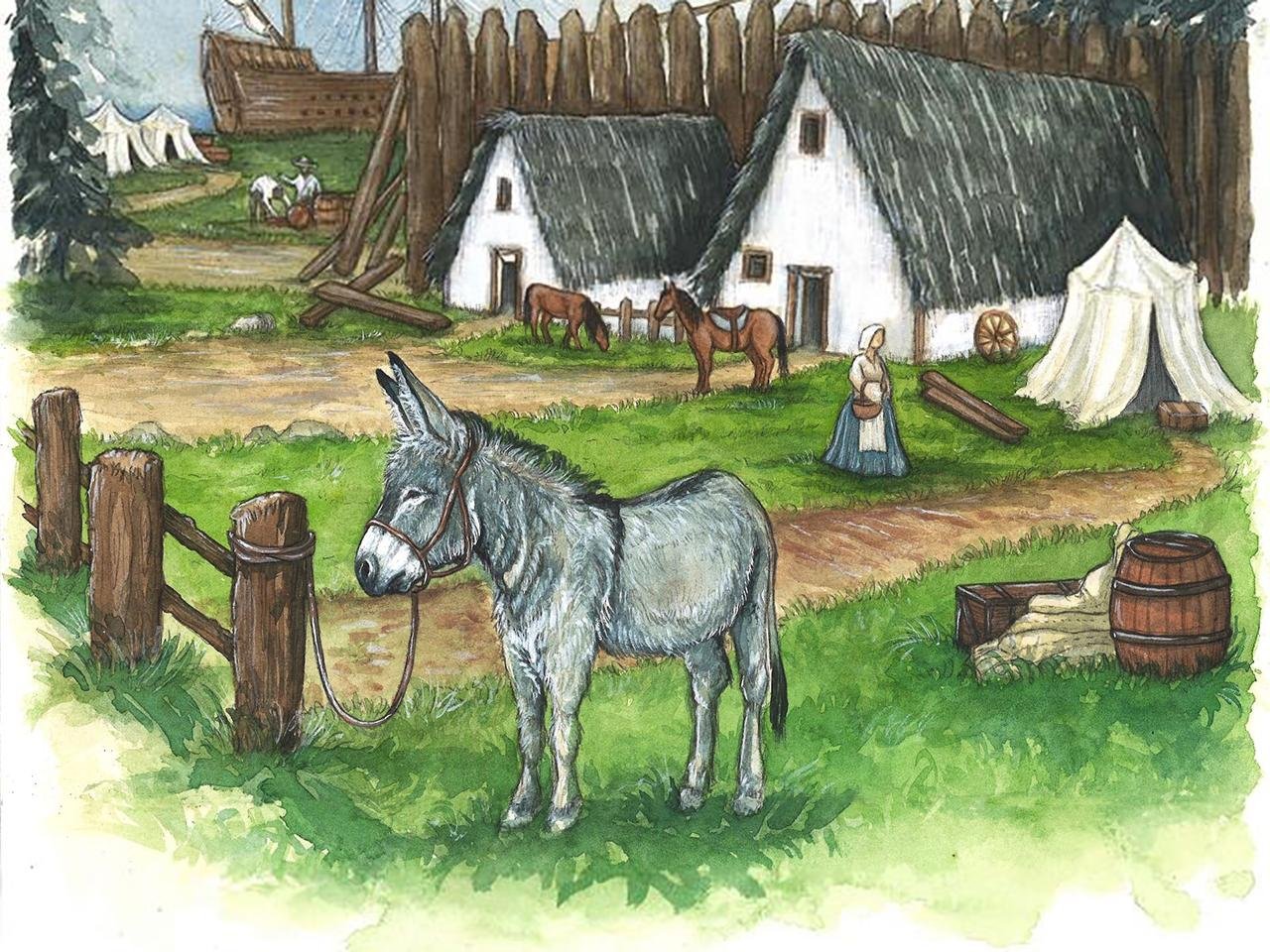 An illustration of a donkey in colonilal Jamestown. Credit: Paula Calle Lopez, Courtesy of Jamestown Rediscovery (Preservation Virginia)
An illustration of a donkey in colonilal Jamestown. Credit: Paula Calle Lopez, Courtesy of Jamestown Rediscovery (Preservation Virginia)
Historical records of Jamestown’s first years mention horses but not donkeys. Archaeological and genetic evidence now confirm their presence, revealing a more extensive and global story of animal transport in early English colonization. The study, led by researchers at the University of Florida and the University of Colorado Boulder, compared domestic equid remains from two early Jamestown contexts linked to the colony’s first decade.
Radiocarbon dating places the bones in the period of the “Starving Time,” a desperate winter of 1609–1610, when colonists suffered from famine and battles with nearby Indigenous inhabitants. The cut marks and fractures on the bones demonstrate that horses and donkeys were butchered and cooked, suggesting settlers resorted to consuming their working animals to survive. Even teeth were cracked to extract marrow and pulp—ghastly evidence of the colony’s struggle.
Osteological analysis revealed signs of bridling and patterns of wear, indicating that the animals were used for fieldwork or transport prior to their deaths. DNA and isotopic examination of tooth enamel traced the ancestry of the donkey back to both West Africa and Europe, particularly the Iberian Peninsula. This indicates the animal was not imported directly from England but was most likely acquired through a transatlantic layover, perhaps in the Caribbean or along the West African coast.
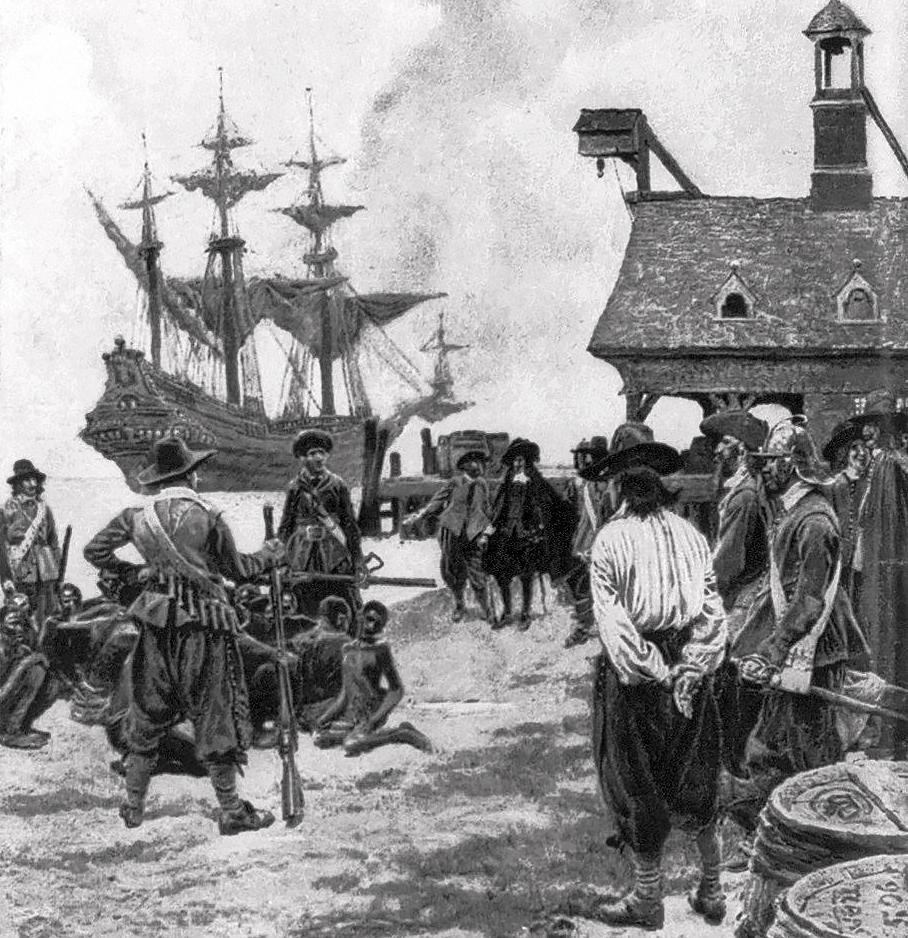 Earliest known donkey in English North America, showing how 17th-century ships transported people, goods, and animals across continents. Credit: Howard Pyle (1853-1911)/Public Domain
Earliest known donkey in English North America, showing how 17th-century ships transported people, goods, and animals across continents. Credit: Howard Pyle (1853-1911)/Public Domain
This find represents the earliest confirmed presence of a donkey in early English North America, several decades before other records. It also illustrates the global connectivity of the 17th century, during which ships carried humans, goods, and animals across continents long before the official start of global trade. The discovery challenges the ᴀssumption that only horses were introduced to the New World by the English colonists and demonstrates how archaeology can help fill gaps left by written history.
The Jamestown remains show how the early settlers depended upon their animals—not only for work but also as food in dire conditions. They further illustrate how the English relied on existing Iberian and African maritime networks for supplies, placing the first permanent English colony within a much broader network of international exchange.
Scholars plan to expand their studies by examining the remains of horses from Puerto Real, a 16th-century Spanish colony in the Caribbean, to trace the dispersal and adaptation of horses and donkeys across the Americas.
More information: University of FloridaReference: Taylor, W. T. T., Delsol, N., Oelze, V. M., Mitchell, P., Stricker, L., Lavin, M., … Krigbaum, J. (2025). Early transatlantic movement of horses and donkeys at Jamestown. Science Advances, 11(36), eadw2595. doi:10.1126/sciadv.adw2595
